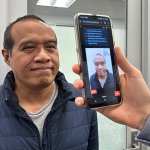
News • Expression analysis
Smartphone tool detects stroke from face scan
A new smartphone face-screening tool could help paramedics to identify stroke in seconds – much sooner and more accurately than is possible with current technologies.

A new smartphone face-screening tool could help paramedics to identify stroke in seconds – much sooner and more accurately than is possible with current technologies.
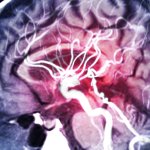
In lab models of stroke, a research team showed that laser therapy improved blood flow in the brain and decreased stroke injury by stimulating the production of nitric oxide.

Singing rehabilitates speech production in post-stroke aphasia. Researchers at the University of Helsinki investigated the rehabilitative effect of singing on the brain.
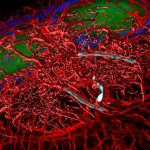
After a stroke or heart attack, the risk of infection is increased – however, why this happens was unknown. Now, researchers found a previously unknown cause – and a therapeutic approach.
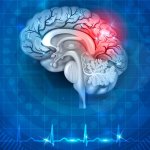
Could a chatbot-like AI tool locate brain damage after a stroke? In a new study, large language model GPT-4 processed text from health histories and neurologic examinations to locate brain lesions.
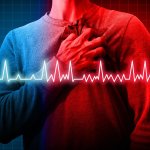
Atrial fibrillation is the most common heart rhythm disorder globally. Patients at high risk for AF, such as those with heart failure or prior stroke, should be tested at every GP visit, experts say.

After a stroke, patients often experience uncontrollable spasms of their arms and hands. Engineers have developed a glove-like wearable medical device that offer relief for the condition.
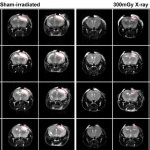
Neuroscientists recently discovered that low-dose ionizing radiation (LDIR) can reduce lesion size and reverse motor deficits in TBI and ischemic stroke mice, demonstrating its therapeutic potential.

Neurobiologists in Sweden have discovered a way to partially restore communication between nerve cells in the brain after a stroke. This could lead to future treatments, the researchers say.
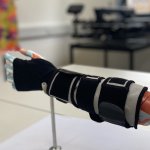
An electronic glove that enables movement in the paralysed hand of stroke survivors – supporting their rehabilitation – has been invented by a team from the University of Southampton.
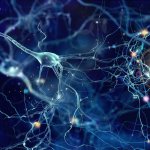
Stroke survivors regaining motor abilities they thought lost, blind persons developing echolocation – is the brain really able to reorganize in this way? A new study offers a different explanation.
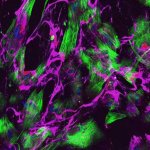
Using small blood vessels grown in the lab, researchers discover how vascular leaks leading to dementia and stroke emerge – and how this damage might be fixed.

Because time is brain: To explore the potential for accelerated stroke diagnostics, US researchers equipped an ambulance with a portable MRI – with promising first results.

A new study shows five aspects of sleep that are almost equally important to explain the association between sleep and the risk of coronary events and stroke.

Neurologists at Amsterdam UMC have developed a special sensor cap that interprets EEG brain waves to early detect signs of an ischemic stroke while the patient is in the ambulance.
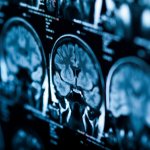
Transient ischemic attack (TIA) emergency department (ED) encounters with incomplete neurovascular imaging were associated with higher odds of subsequent stroke within 90 days, a new study finds.

A team of researchers from Denmark have developed a new AI framework to address the number of strokes that go unrecognised by human emergency call handlers.

Genes are full of clues about a person's health and might also show the way for stroke recovery.

According to Dutch researchers, people with low income are up to 1.5 times more at risk of a heart attack or stroke than their wealthier compatriots. Ethnicity was also identified as a risk factor.
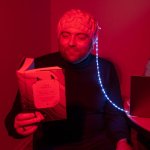
Monitoring the proper blood supply to the brain could be used to prevent or even treat neurological diseases. A new technique called πNIRS aims to do just that.

For almost four decades, stroke cases and fatalities have been on the decline. In recent years, however, signs point to a resurgence, according to an analysis of US stroke deaths from 1975 to 2019.

White matter hyperintensities (WMH) on the brain seen on MRI represent a biomarker associated with a 50/50 risk of death within five years after a first incident acute ischemic stroke (AIS) or transient ischemic attack (TIA).
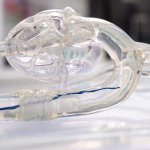
A spin-off from ETH Zürich has developed a magnetically steerable catheter for quick and safe stroke treatment that no longer requires surgeons to be on site.
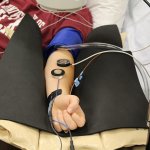
Similar to the way exercise helps muscles adapt to workouts, short, repeated bouts of reduced circulation with a blood pressure cuff may help prevent the worst outcomes of heart attacks and strokes.
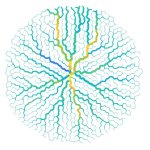
Networks adapt over time and in this way form a kind of memory. German researchers show that the structure of blood vascular network is dynamic and can adapt to external factors.